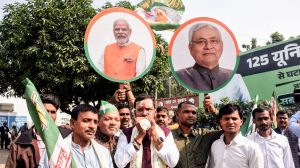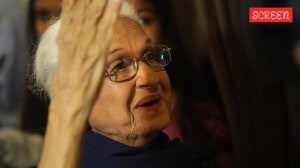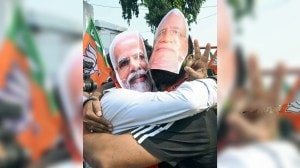Relationship building
Half a century of America in India,through an example of modernist architecture
First among equals in Chanakyapuris embassy row,the American embassy has turned fifty. Built at the height of the high-modernist moment,it has weathered many diplomatic seasons,changed location and character. Once technically open to sightseers,it is now a lonely,forbidding citadel. Designed by Edward Durell Stone (who has built cheerier projects like Radio City Music Hall and the old MOMA in New York),the building is in Frank Lloyd Wrights top hundred.
The built environment,obviously,has deep bearings on emotional response,and the American embassy like other buildings of that particular cultural moment,was designed to intimidate and awe. When it was inaugurated in a highly-charged Cold War context,in the presence of Jawaharlal Nehru,the then American ambassador called it a joint venture,from beginning to end,and it was hoped that the structure would be a temple of peace.
But weve come a long way from 1959. New Delhi is littered with poignant political commitments long since discarded,where streets are named for Josip Broz Tito and Olof Palme but not a single street in Indias capital is named after an American. But the long snaking lines of visa seekers tell their own story,and whatever its wilting reputation in the rest of the world and whatever the asymmetries of our exchange,Indians have demonstrated rock-solid belief in the US (as the Pew Global Attitudes project has demonstrated year after year). After decades of unease,the Indo-US relationship has never been warmer,or more crucial to both sides. Even as we recently cemented the equation with a civil nuclear deal,we also require the US to pitch in more than ever,post-Mumbai. But right at this moment,the symbol of America in New Delhi looks pretty unassailable.


- 01
- 02
- 03
- 04
- 05





























